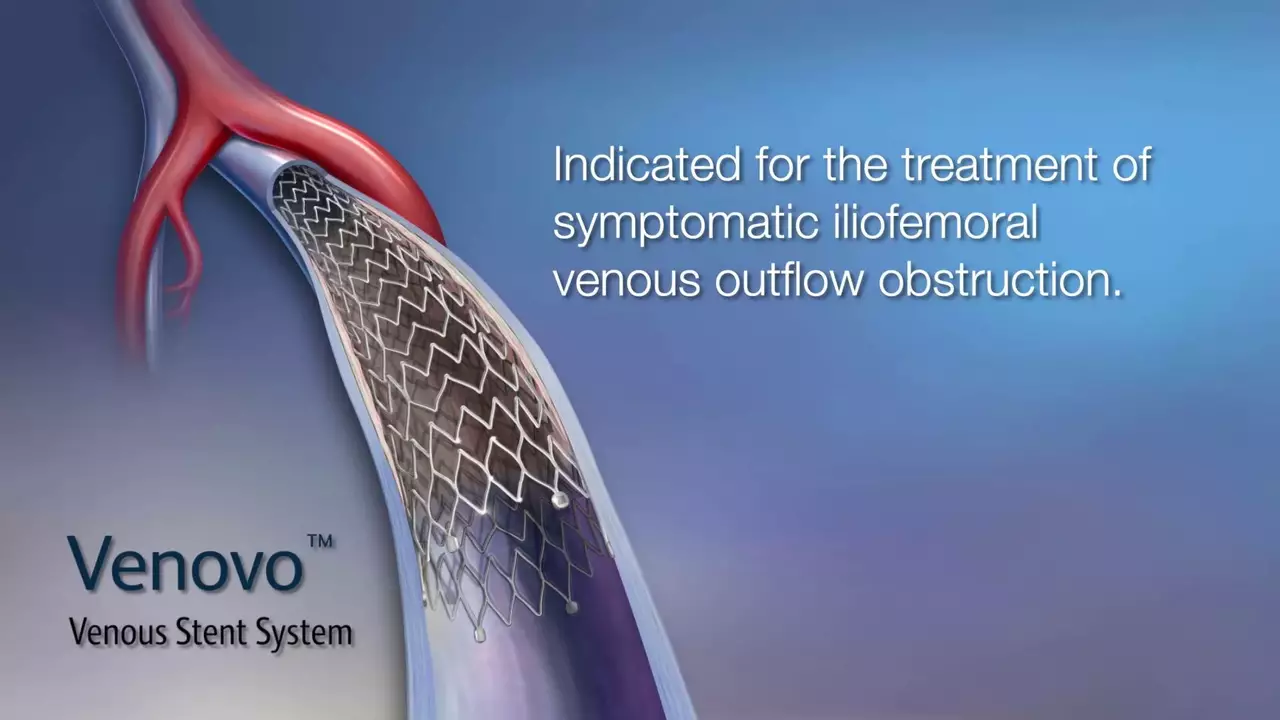With a heart stent, can I play contact sports?

Understanding Heart Stents and Their Purpose
Before diving into the question of whether or not someone with a heart stent can participate in contact sports, it's essential to understand what a heart stent is and why someone might have one. A heart stent is a small, mesh-like tube made of metal or fabric that is inserted into a narrowed or blocked artery to help keep it open and improve blood flow. Stents are often placed in the coronary arteries, which supply blood to the heart muscle, to treat conditions such as coronary artery disease or after a heart attack.
Having a heart stent can significantly improve a person's quality of life and decrease the risk of future heart problems. However, it can also raise concerns about whether or not they can safely engage in certain activities, particularly contact sports, which may put added stress on the heart and potentially cause complications with the stent.
Consulting Your Cardiologist: The Importance of Individualized Advice
Before making any decisions about participating in contact sports with a heart stent, it's crucial to consult with your cardiologist or healthcare professional. They will be able to provide personalized advice based on your specific health status, the location and type of your stent, and any other medical concerns you may have.
It's important to remember that everyone's situation is unique, and what may be safe for one person with a heart stent might not be safe for another. By discussing your individual circumstances and desires with your healthcare team, you can make informed decisions about which activities are safe for you to participate in.
Assessing the Risks: Factors to Consider
When determining whether or not it's safe for someone with a heart stent to participate in contact sports, several factors need to be considered. These include the type and intensity of the sport, the healing process following stent placement, and any potential complications that could arise from participating in contact sports.
High-impact sports, such as football, hockey, and rugby, may pose a greater risk to someone with a heart stent due to the increased likelihood of collisions and body contact. On the other hand, lower-impact sports like basketball or soccer might be safer options for someone looking to stay active without putting too much strain on their heart.
Additionally, it's important to consider how much time has passed since your stent procedure. In general, most doctors recommend waiting at least a few weeks to a few months before resuming any strenuous physical activities. This allows the body time to heal and the stent to properly integrate into the arterial wall.
Staying Safe: Tips for Participating in Contact Sports with a Heart Stent
If you and your healthcare team determine that it's safe for you to participate in contact sports with a heart stent, there are several steps you can take to minimize any potential risks. First and foremost, always follow the advice of your cardiologist and healthcare team, as they will be able to provide the most accurate and up-to-date information about your specific situation.
Next, make sure to properly warm up and cool down before and after any physical activities, as this can help minimize the strain on your heart. It's also important to maintain a healthy lifestyle, including eating a balanced diet, managing stress, and getting regular check-ups with your healthcare team to ensure your heart stays in optimal condition.
Finally, always listen to your body and be aware of any symptoms that may indicate a problem, such as chest pain, shortness of breath, or dizziness. If you experience any of these symptoms while playing contact sports or engaging in any physical activity, stop immediately and seek medical attention.
Alternative Activities: Non-Contact Sports and Exercise Options
If you and your healthcare team decide that participating in contact sports is not a safe option for you, there are many other activities that can help you stay active and maintain a healthy lifestyle. Non-contact sports such as swimming, cycling, and tennis can provide excellent cardiovascular benefits without putting undue stress on your heart and stent.
Additionally, low-impact exercises like walking, yoga, and Pilates can help improve overall fitness and well-being without posing significant risks to your heart health. Remember, it's essential to find activities that you enjoy and can safely participate in to ensure that you maintain a consistent exercise routine and reap the long-term benefits of an active lifestyle.
Conclusion: Balancing Safety and an Active Lifestyle
While it's natural to have concerns about participating in contact sports after receiving a heart stent, the key is to work closely with your healthcare team to determine what is safe and appropriate for your specific situation. By carefully assessing the risks, following your healthcare team's guidance, and choosing suitable activities, you can maintain an active and healthy lifestyle while also protecting your heart and stent.
Ultimately, the decision to participate in contact sports with a heart stent is a personal one that requires careful consideration and consultation with your healthcare team. By being proactive and informed about your health, you can make the best choices for your well-being and continue to enjoy the activities that bring you joy.